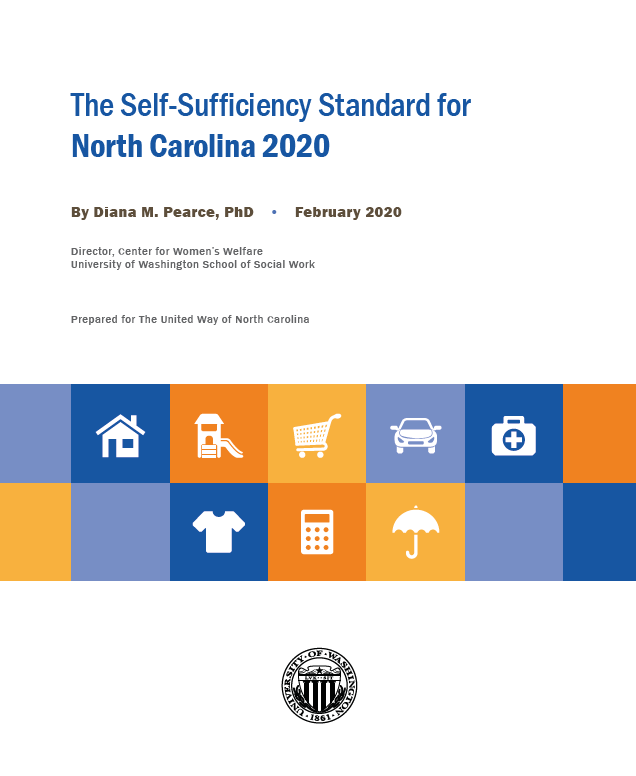In Lee and Harnett Counties, incomes well above the Federal Poverty Level are still far below what is necessary for families to meet their basic needs.
The Self-Sufficiency Standard 2020 tracks the true cost of living facing North Carolina families today, differentiated by family type and where they live. It highlights the growing gap between sluggish wages and ever-increasing expenses, clearly illuminating the economic “crunch” experienced by so many families today. By tracking and calculating the true cost of living facing American families, the Standard allows for comparisons of geographic differences as well as documentation of historical trends.
In our community as well as throughout the state, incomes well above the Federal Poverty Level are still far below what is necessary for families to meet their basic needs. While Lee and Harnett Counties both have a lower cost of living than some other areas of the state, a Lee County adult with one preschooler and one school-age child still needs to earn $19.64 per hour to make ends meet without public or private assistance. In Harnett County, this family would need to earn $23.57 per hour. The federal poverty level hourly wage for this family of three is only $10.44, well below what the family needs.
It's important to remember that achieving self-sufficiency is a process that involves not just finding a job with certain wages and benefits, but also achieving income security over time. There are several ways—separately or in combination—that workers can achieve self-sufficiency. They can receive temporary work supports until their wages increase. In addition, they can obtain training and/or education that will prepare them for higher-wage jobs. Finally, they can combine low-wage jobs with self-employment initiatives.
One thing the Standard does is to highlight the importance of temporary work supports--assistance with things like housing, child care, food, and medical care. United Way of Lee County and our partners are working every day to provide these temporary supports, with the goal of helping families become self-sufficient. You are invited to join us in this important work--it takes all of us to make our community the best it can be.
Key Findings of the Self-Sufficiency Standard 2020:
- In North Carolina, the amount needed to be economically self-sufficient varies considerably by geographic location and family type.
- For families with young children, the cost of housing and child care combined typically account for approximately half of the family's budget.
- Over the past two decades, cost increases have far outstripped wage increases.
- The federal poverty measure for three-person families ($21,720 annually) is set at a level well below what is minimally adequate to meet a family's basic needs.
- Maintaining an emergency savings fund is a crucial step towards economic security.

